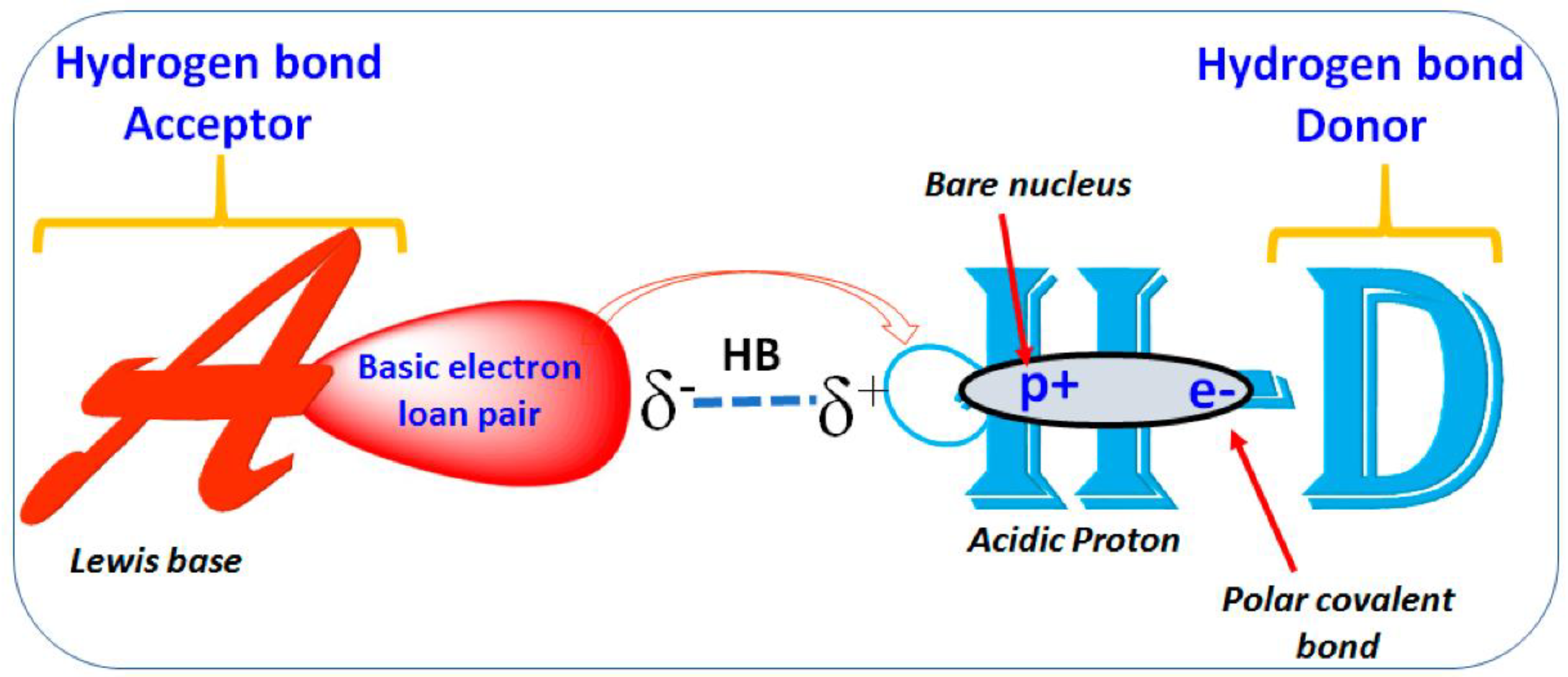Correction: Mishra, S.K. and Suryaprakash, N. Intramolecular Hydrogen Bonding Involving Organic Fluorine: NMR Investigations Corroborated by DFT-Based Theoretical Calculations: Molecules 2017, 22, 423
References
- Mishra, S.K.; Suryaprakash, N. Intramolecular Hydrogen Bonding Involving Organic Fluorine: NMR Investigations Corroborated by DFT-Based Theoretical Calculations. Molecules 2017, 22, 423. [Google Scholar] [CrossRef] [PubMed]
- Williams, L.D. Molecular Interactions (Noncovalent Interactions) and the Behaviors of Biological Macromolecules. Available online: http://ww2.chemistry.gatech.edu/~lw26/structure/molecular_interactions/mol_int.html (accessed on 26 February 2019).

© 2019 by the authors. Licensee MDPI, Basel, Switzerland. This article is an open access article distributed under the terms and conditions of the Creative Commons Attribution (CC BY) license (http://creativecommons.org/licenses/by/4.0/).
Share and Cite
Mishra, S.K.; Suryaprakash, N. Correction: Mishra, S.K. and Suryaprakash, N. Intramolecular Hydrogen Bonding Involving Organic Fluorine: NMR Investigations Corroborated by DFT-Based Theoretical Calculations: Molecules 2017, 22, 423. Molecules 2019, 24, 2000. https://doi.org/10.3390/molecules24102000
Mishra SK, Suryaprakash N. Correction: Mishra, S.K. and Suryaprakash, N. Intramolecular Hydrogen Bonding Involving Organic Fluorine: NMR Investigations Corroborated by DFT-Based Theoretical Calculations: Molecules 2017, 22, 423. Molecules. 2019; 24(10):2000. https://doi.org/10.3390/molecules24102000
Chicago/Turabian StyleMishra, Sandeep Kumar, and N. Suryaprakash. 2019. "Correction: Mishra, S.K. and Suryaprakash, N. Intramolecular Hydrogen Bonding Involving Organic Fluorine: NMR Investigations Corroborated by DFT-Based Theoretical Calculations: Molecules 2017, 22, 423" Molecules 24, no. 10: 2000. https://doi.org/10.3390/molecules24102000
APA StyleMishra, S. K., & Suryaprakash, N. (2019). Correction: Mishra, S.K. and Suryaprakash, N. Intramolecular Hydrogen Bonding Involving Organic Fluorine: NMR Investigations Corroborated by DFT-Based Theoretical Calculations: Molecules 2017, 22, 423. Molecules, 24(10), 2000. https://doi.org/10.3390/molecules24102000




